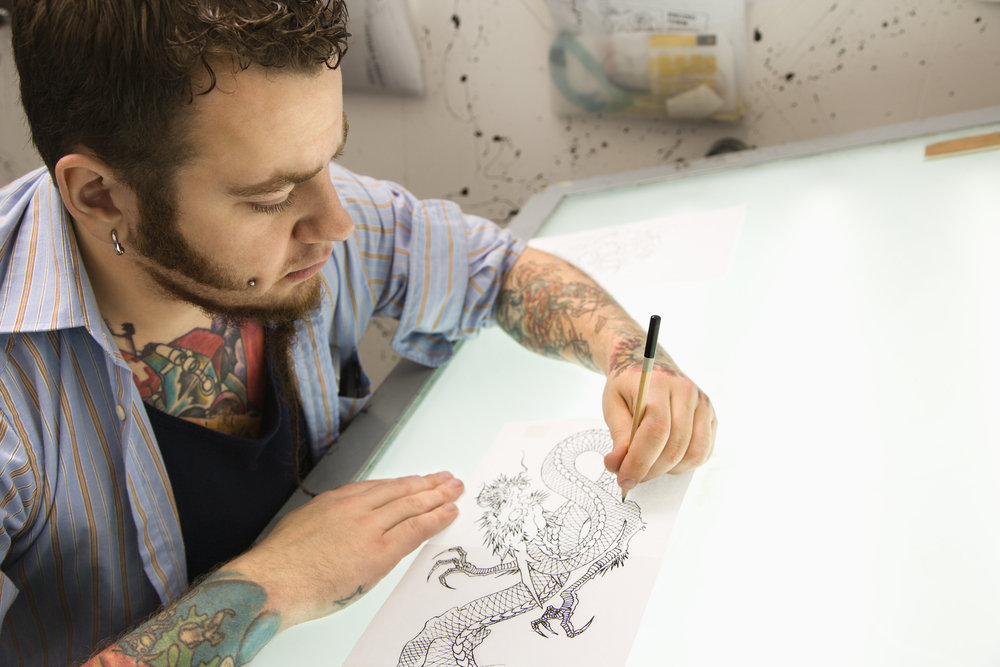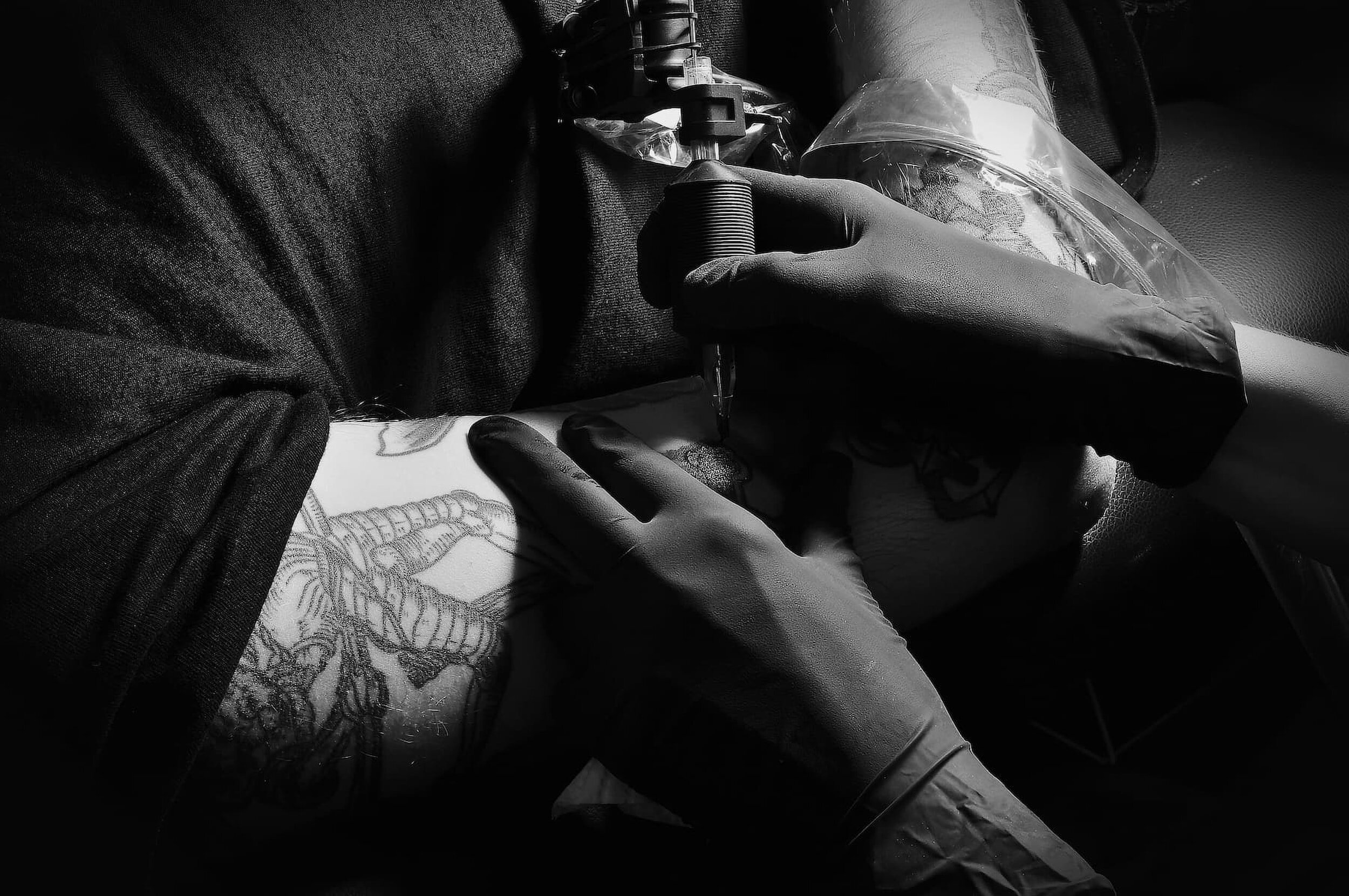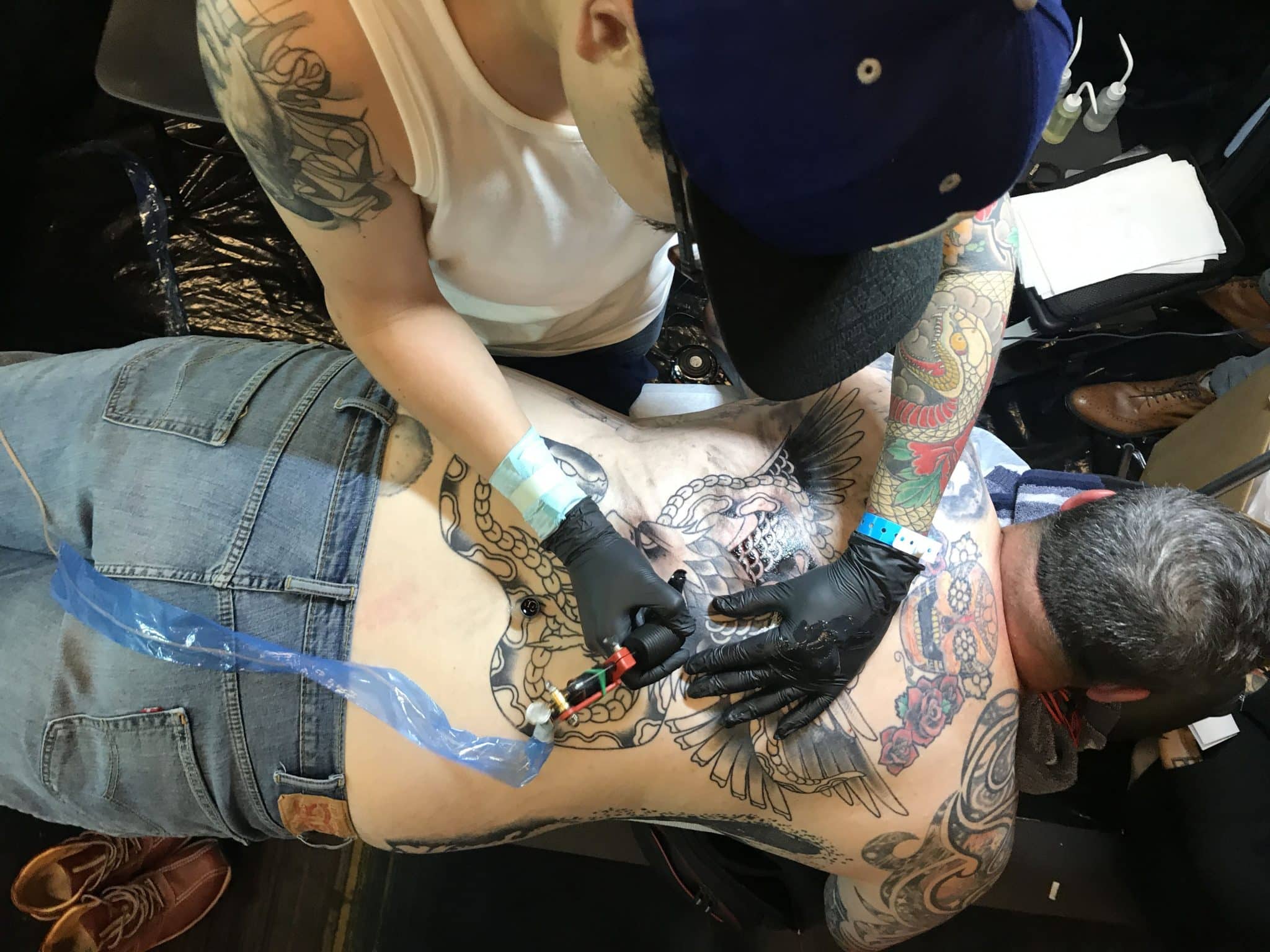As you continue to ponder on the possibility of getting your first tattoo, you can’t help but think about what might happen to your skin art 10, 20, 40 years from now.
While there is no denying that an ornate piece on your skin is bound to be a beautiful piece of arty with lots of meaning behind it, you can’t help but think about how age won’t be so kind to it. Considering the wrinkles, saggy skin, weight gain, and stretch marks can all end up messing with just how great skin art looks, you’re probably going to worry about how a tattoo will end up over the years.
Beyond the perils of aging, one unique problem that doesn’t necessarily happen because you get old (in fact, it can still happen while you’re young) that’s even more troubling is the whole idea of blurring. With all this worrying over blurred lines and fading marks, there’s one question that you’ll ask yourself sooner or later: “Why do tattoos get blurry and fade over time?”
A common problem and key points to consider before all else
The problem of having blurred lines of progressive fading with body art is something that has plagued enthusiasts young and old for centuries, dating all the way back to Mayan Tribes and African warlords.
Although some may consider this experience as a metaphoric one where “art is paid back to time,” the truth is that there’s nothing cathartic about seeing hundreds to thousands of dollars fade away when it’s supposed to be permanent. Before we try to solve the whole idea of why fading and blurring happen, it’s best to understand these key factors first before all else:
- Any tattoo—regardless of how large, intricate, or masterfully done it is—will always change and fade over time (even more so when you get it at a young age, where your skin goes through much change over the years).
- If you want to “prevent” or simply delay tattoo fading, nothing beats preventative measures before and after you get your ink done. Fortunately, we’ll teach you all about this before, during, and after you have your tattoo done at Lucky Deville Tattoo Co.
The effect of the sun
If you have a tattoo that’s not usually covered by your clothing—such as a tattoo on your neck, head, forearms, or hands—the primary cause for its potential fading and blurring will mostly be attributed to the sun.
While age itself may already play a key role in the fading and blurring, the sun can further aggravate such problems because of how it accelerates the effects through UV rays. Because of the molecular composition of ultraviolet rays themselves, constant exposure will cause harmful light to directly go into the layer of skin, where the tattoo is embedded, and make the pigments fade with constant exposure!
Skin aging: the biggest enemy
In the end, the fact that tattoos inevitably end up blurring and fading over time is mainly due to the nature of the human skin as it ages.
The skin actually regenerates completely every seven years because of the body’s skin regeneration and healing processes. With each new layer of skin that you get, the tattoo that you have on it ends up fading because of new skin cells that develop atop of it while the regeneration process causes the layer the tattoo is on to stretch over time!
Conclusion
While it is true that having tattoos that fade and blur out is an absolute and guaranteed reality of skin art, knowing what causes such problems and counteracting them can go a long way. Through the help of the key points mentioned in this guide, you can ensure that you won’t need to deal with potential long-term problems that may cause your ink to prematurely decay or age! Are you in the market for a tattoo in Buffalo, New York, that will best stand against the test of time with the help of masterful hands? Visit our shop and let us know how you want to get inked!



